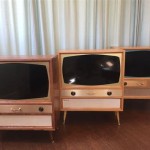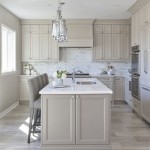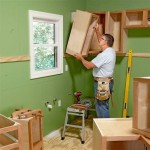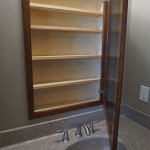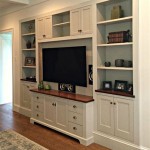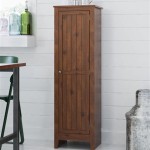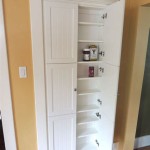How to Adjust Blum Self Closing Cabinet Hinges Closed Inwards
Blum self-closing cabinet hinges are renowned for their smooth operation and reliable performance. However, over time, the hinges might require adjustment to ensure the cabinet doors close flush and securely. One common issue is when the doors close inwards instead of flush with the cabinet frame. This article provides a step-by-step guide on how to adjust Blum self-closing cabinet hinges to correct this problem.
Identify the Adjustment Screws
Blum hinges typically have two adjustment screws: one for vertical adjustment and another for horizontal adjustment. The screws are usually located on the hinge cup, which is the part of the hinge attached to the cabinet door.
To identify the correct screws:
- Vertical adjustment screw: This screw is usually located on the hinge cup's top or bottom, depending on the hinge model. It controls the door's height. Turning this screw clockwise raises the door, while turning it counterclockwise lowers the door.
- Horizontal adjustment screw: This screw is usually found on the hinge cup's side, often marked with an "H" or an arrow. It controls the door's inward or outward movement. Turning this screw clockwise moves the door inwards, while turning it counterclockwise moves the door outwards.
Adjusting the Hinges
Once you have identified the adjustment screws, proceed with the following steps:
- Open the cabinet door. Ensure the door is open wide enough to access the adjustment screws.
- Locate the horizontal adjustment screw. This screw is typically marked with an "H" or an arrow.
- Turn the horizontal adjustment screw clockwise. This will move the door inwards, correcting the inward closing issue. Be careful not to overtighten the screw, as this can damage the hinge.
- Close the door and check the alignment. If the door still closes inwards, repeat steps 3 and 4 until the door closes flush with the cabinet frame.
- Adjust the vertical adjustment screw if necessary. If the door is not aligned vertically, you can use the vertical adjustment screw to make fine-tune adjustments.
Additional Tips
Here are some additional tips to ensure successful hinge adjustment:
- Use a small screwdriver or Allen wrench: The adjustment screws on Blum hinges are usually small. Use a suitable screwdriver or Allen wrench to avoid damaging the screws.
- Adjust the hinges in small increments: To avoid overtightening or loosening the screws, make gradual adjustments and check the door alignment after each adjustment.
- Use a level to check alignment: Ensure the door is level after making adjustments. Use a level to check the alignment both horizontally and vertically.
- Check the hinge plates: If the hinge plates are loose or damaged, they may contribute to the inward closing issue. Make sure the hinge plates are secure and in good condition.
- Consult the manufacturer's instructions: For specific details and guidance on adjusting Blum hinges, refer to the manufacturer's instructions. They provide detailed information and diagrams for each hinge model.
By following these instructions, you can effectively adjust Blum self-closing cabinet hinges to eliminate inwards closing issues and restore the smooth and reliable operation of your cabinet doors. Remember to adjust the screws gradually and check the alignment after each adjustment to ensure optimal results.

How To Adjust Blum Hinges Align Cabinet Doors Cabinetdoors Com

Cabinet Hinges How To Adjust Doors
Clip Top Blumotion Blum

Cabinet Doors As Entrances Blum

How To Adjust Cabinet Hinges In 5 Easy Steps Woodworker Express Blogwoodworker Blog
Compact Blum

Kitchen Cabinet Hinge Adjustment A Step By Guide Tkdc

Clip Top Blum

Tec Soft Close Adjustment

Kitchen Cabinet Door Doesn T Stay Open Home Improvement Stack Exchange
Related Posts

